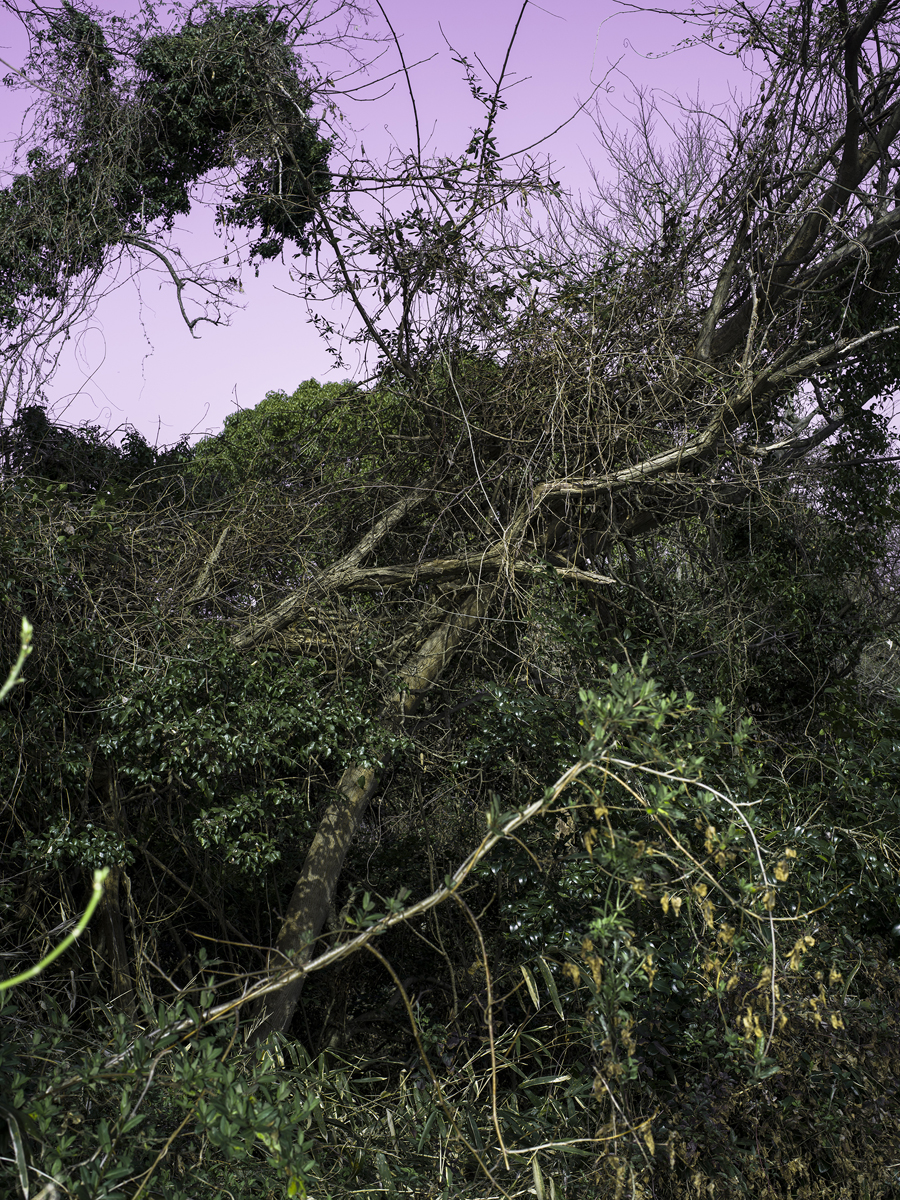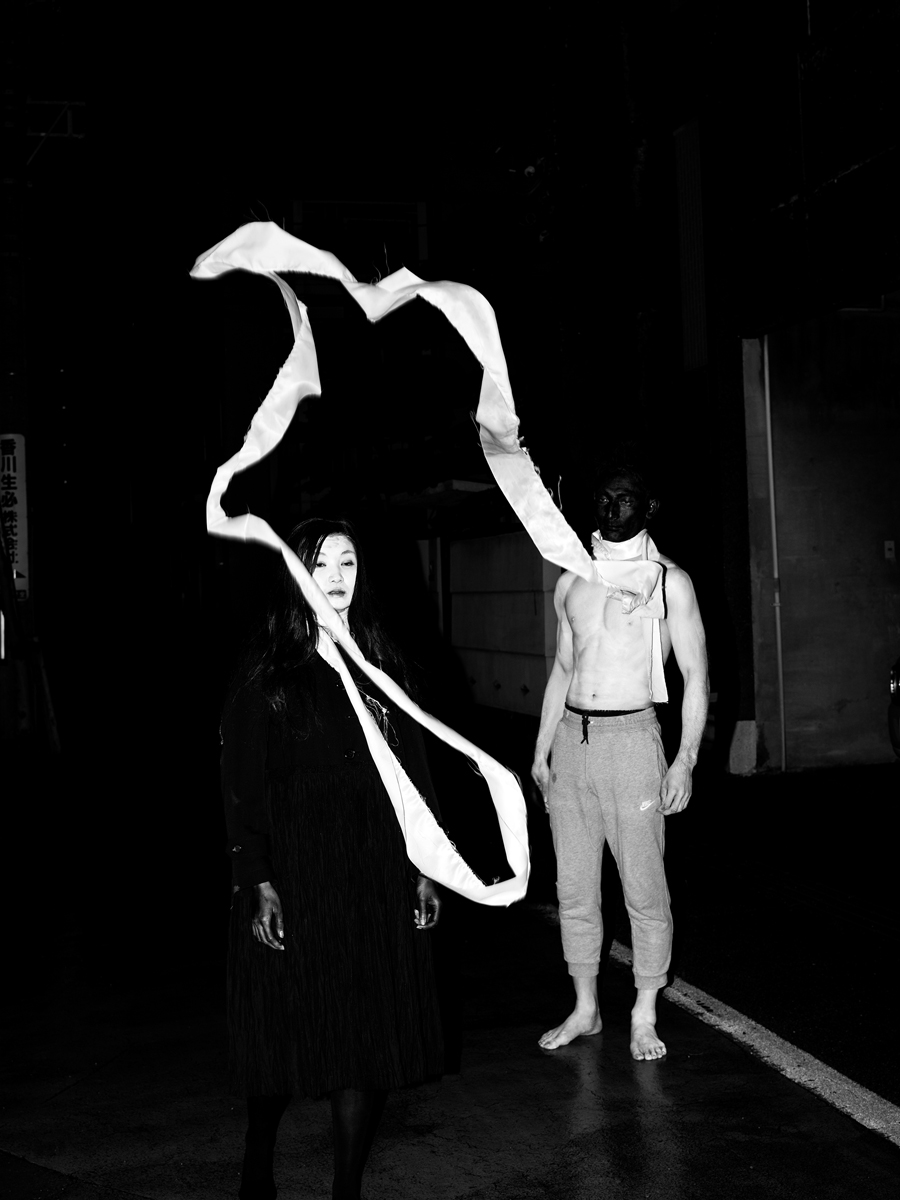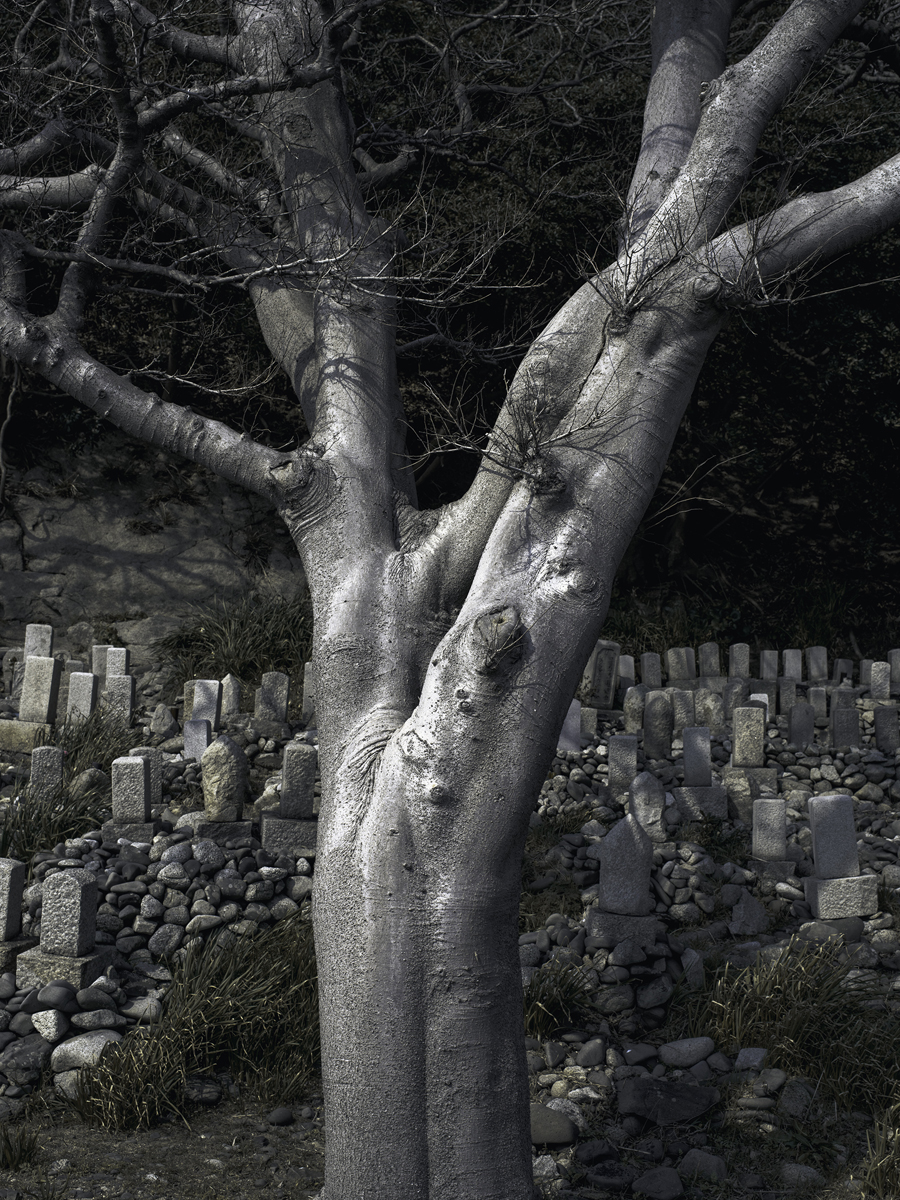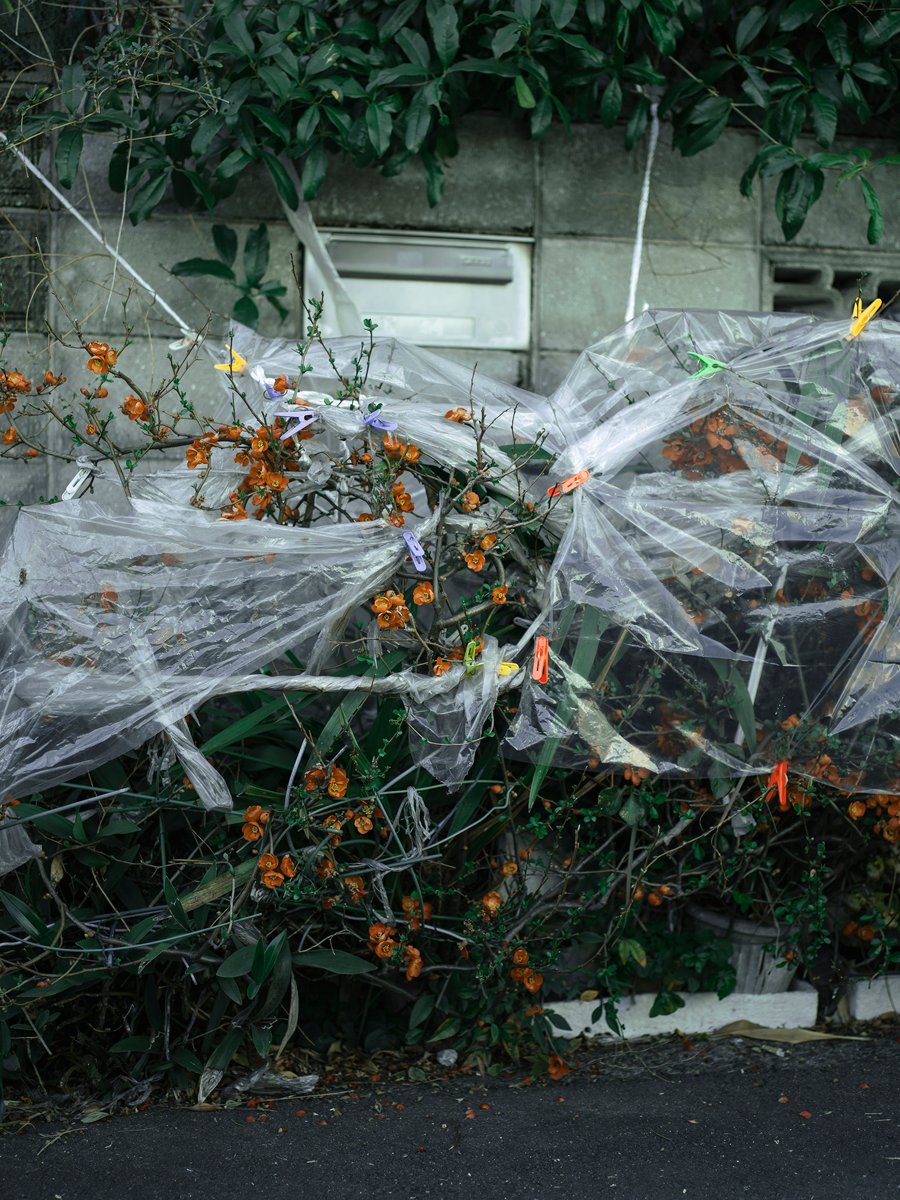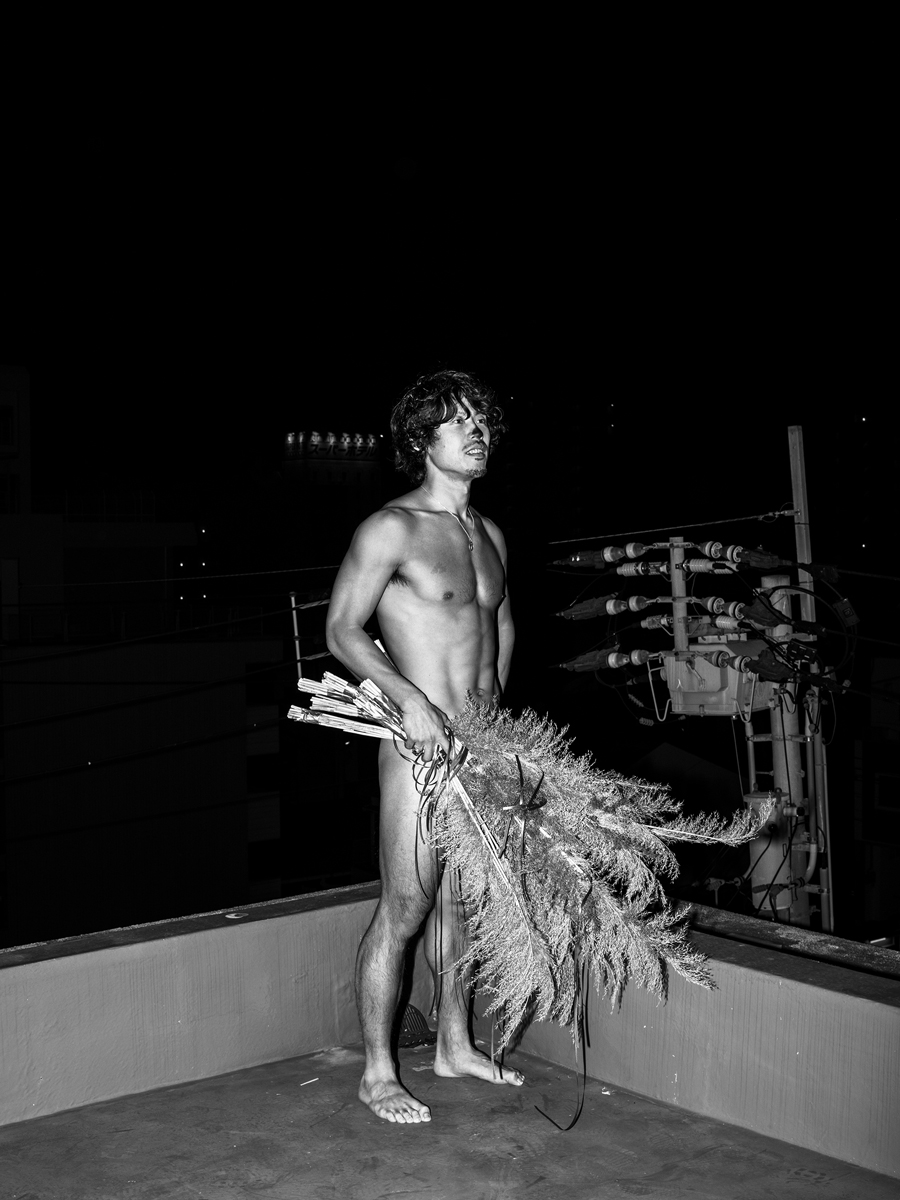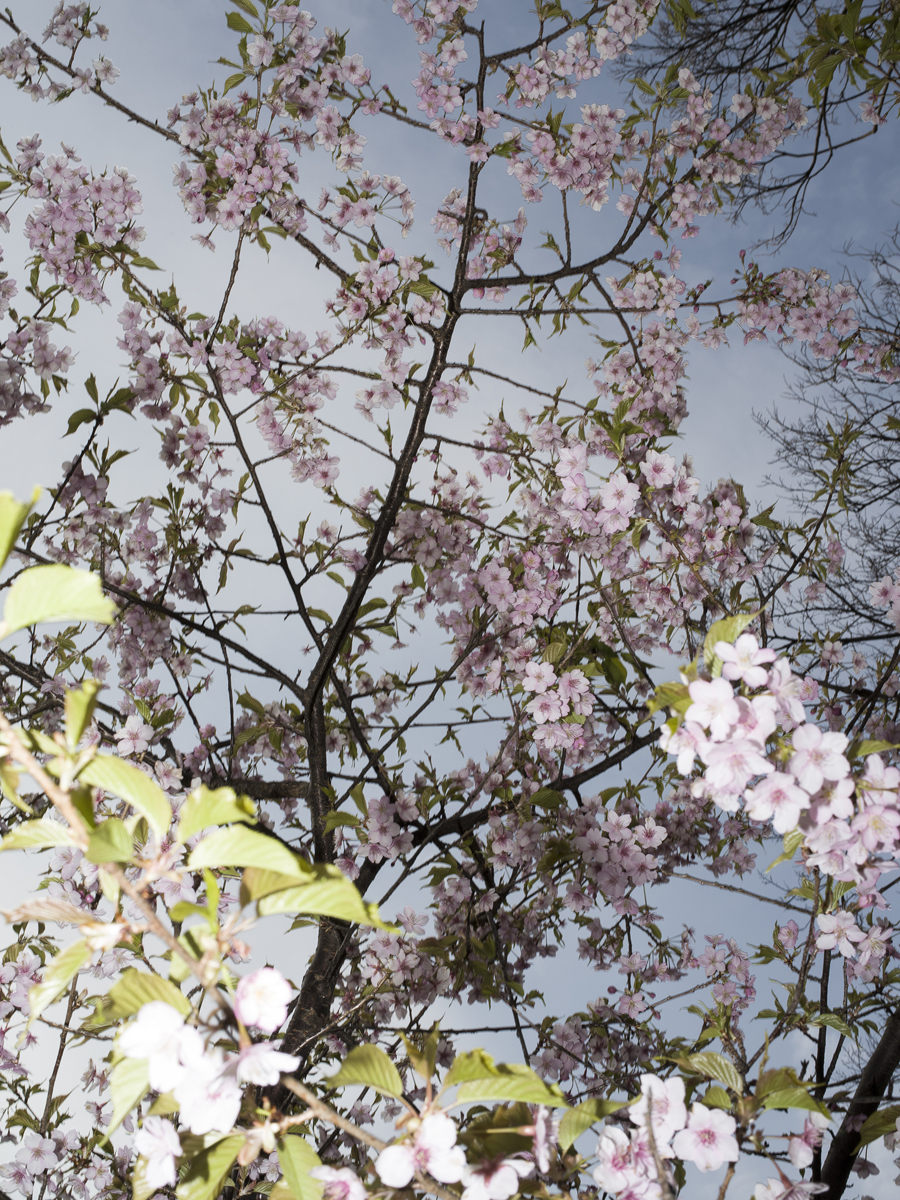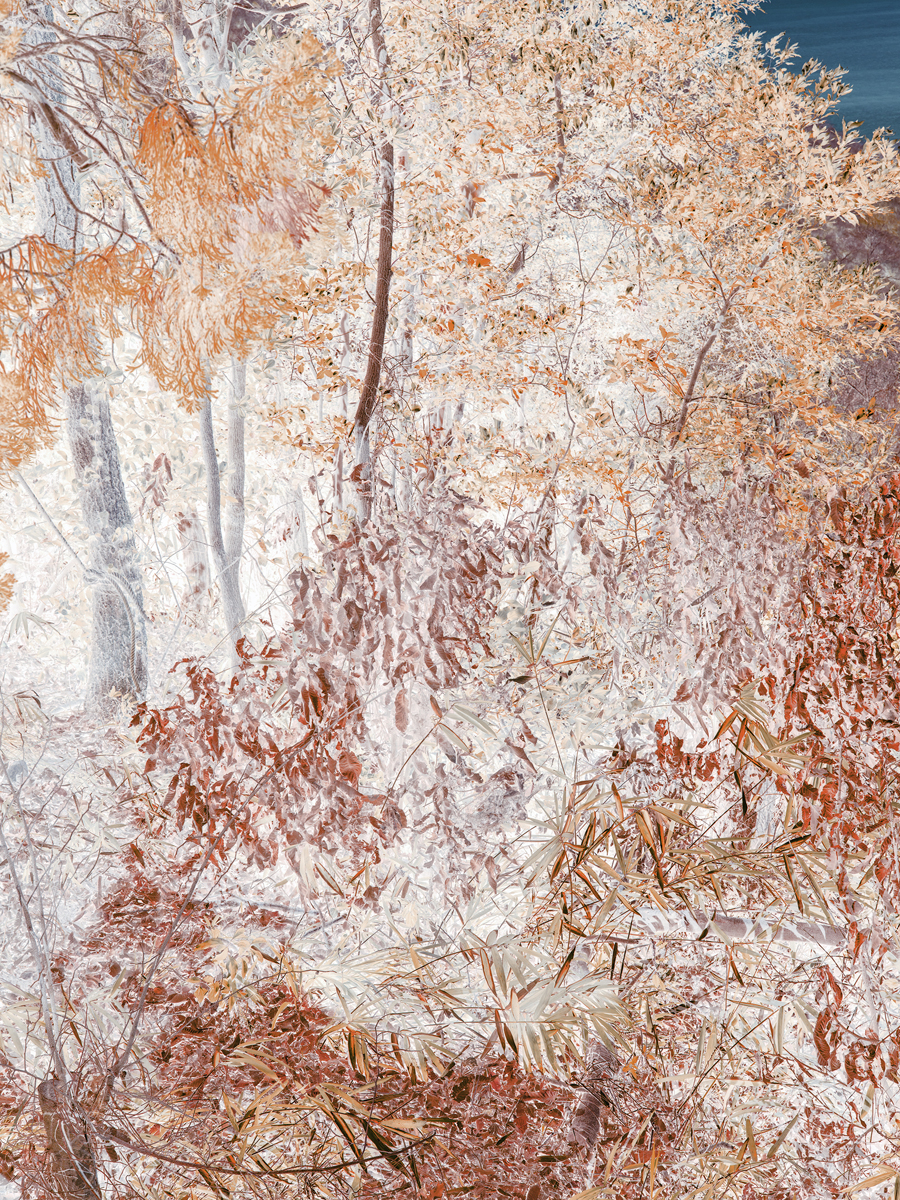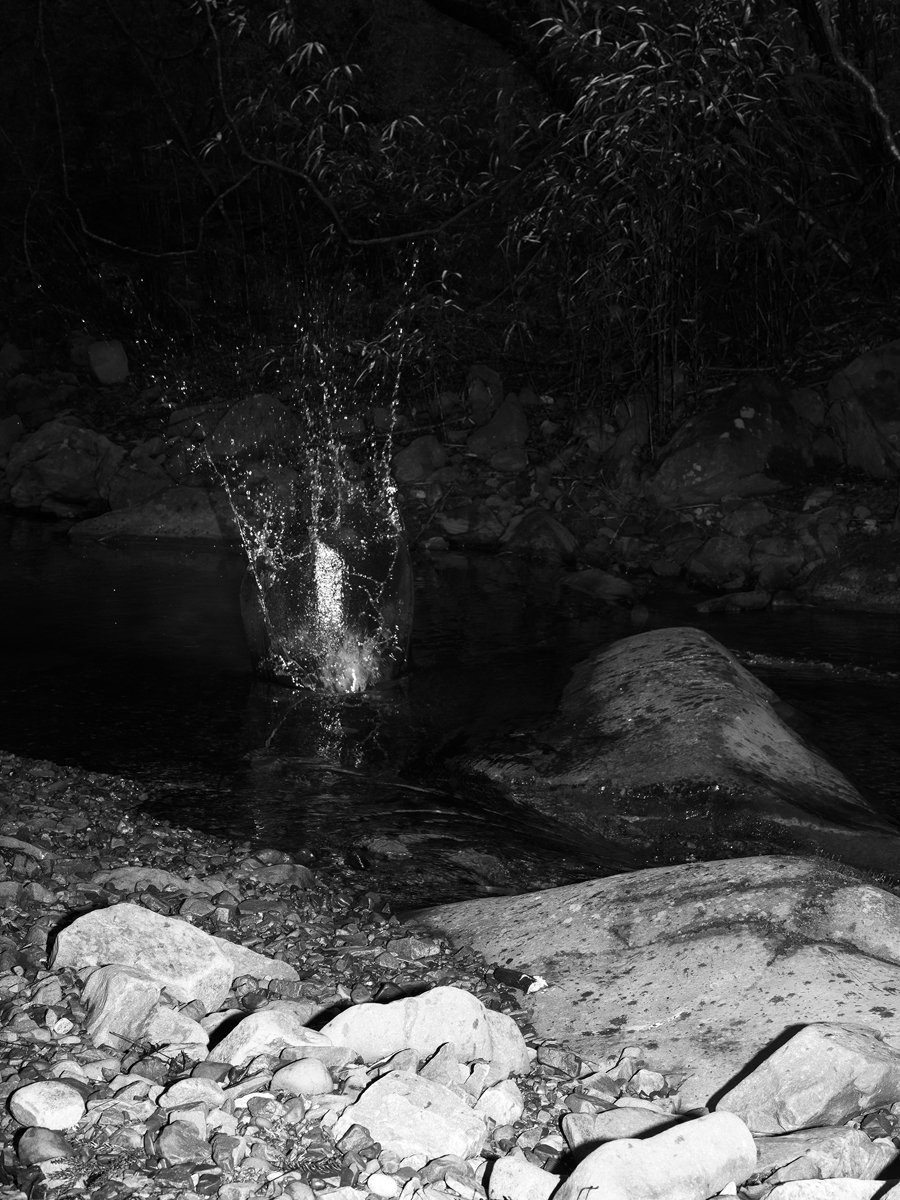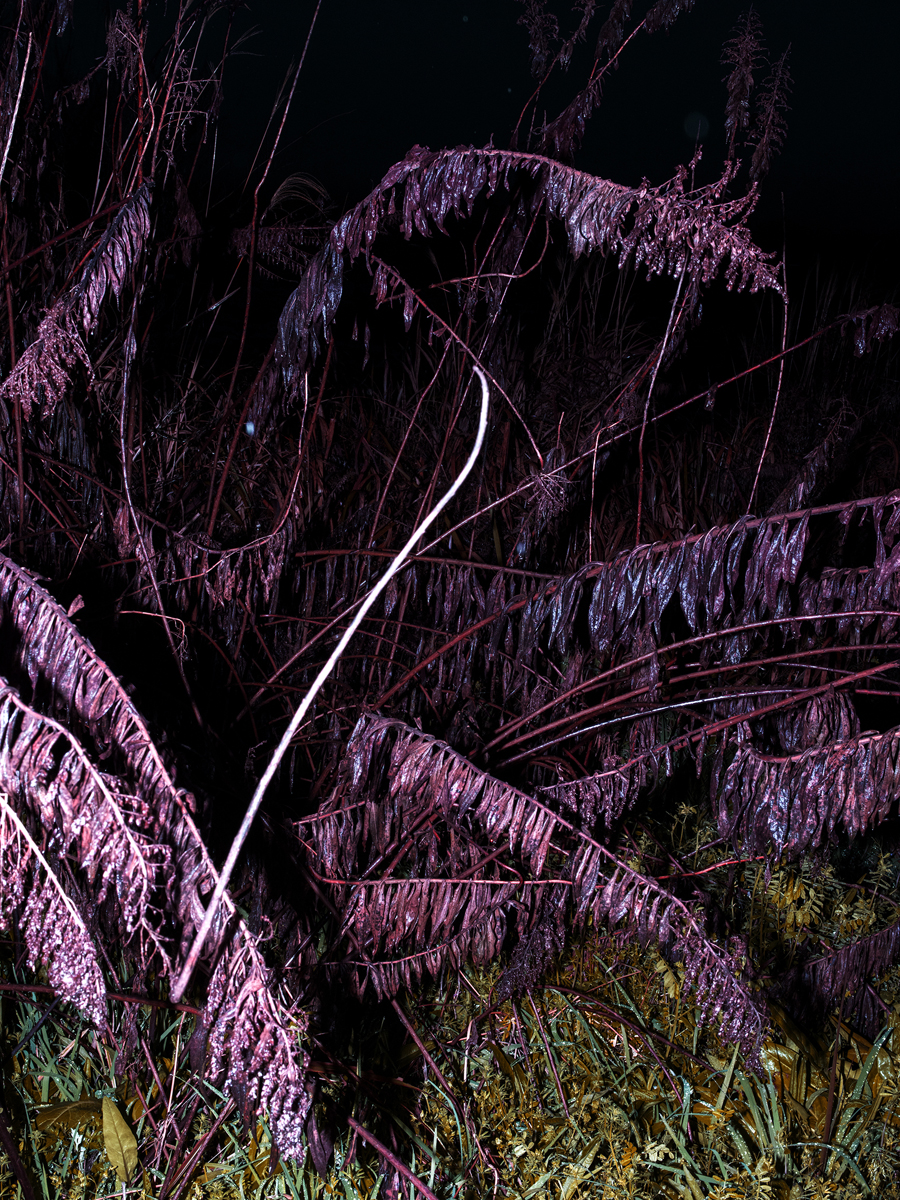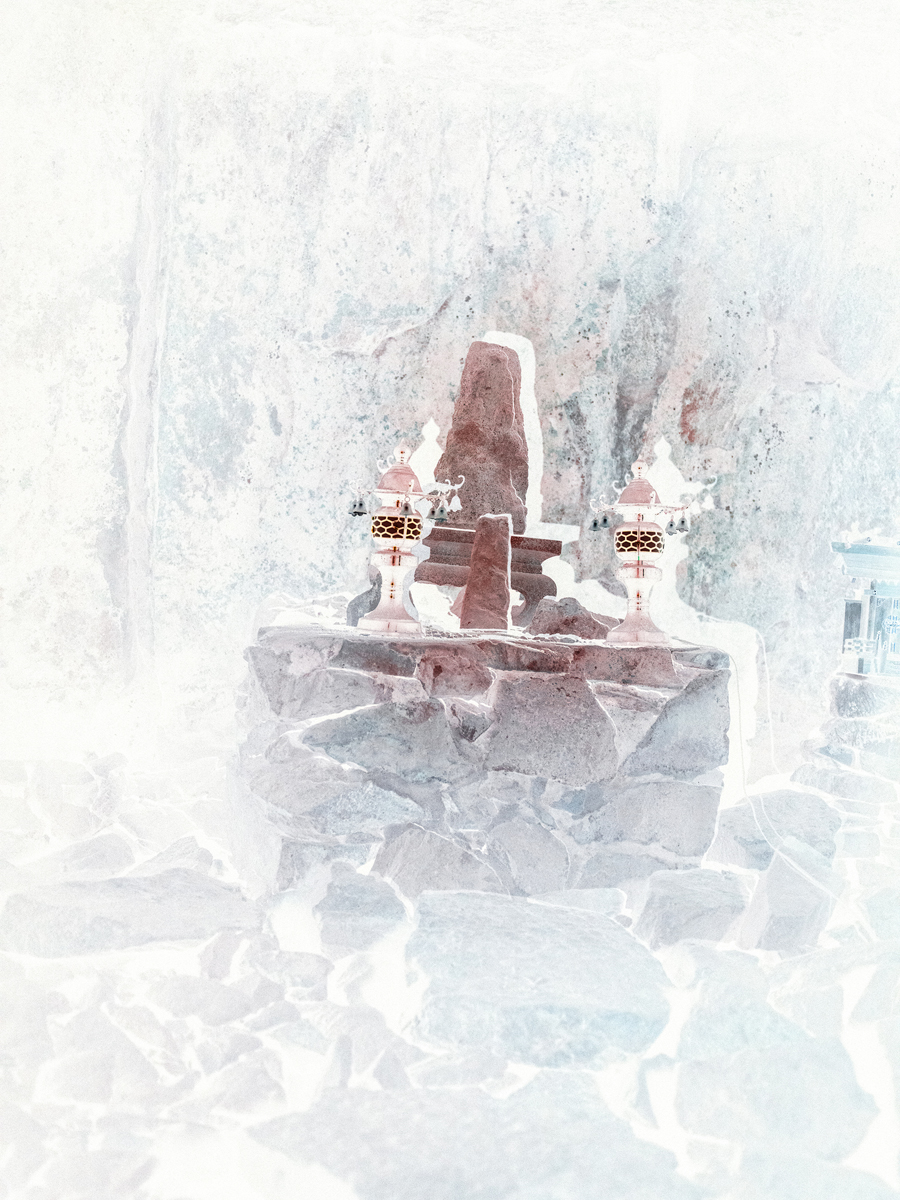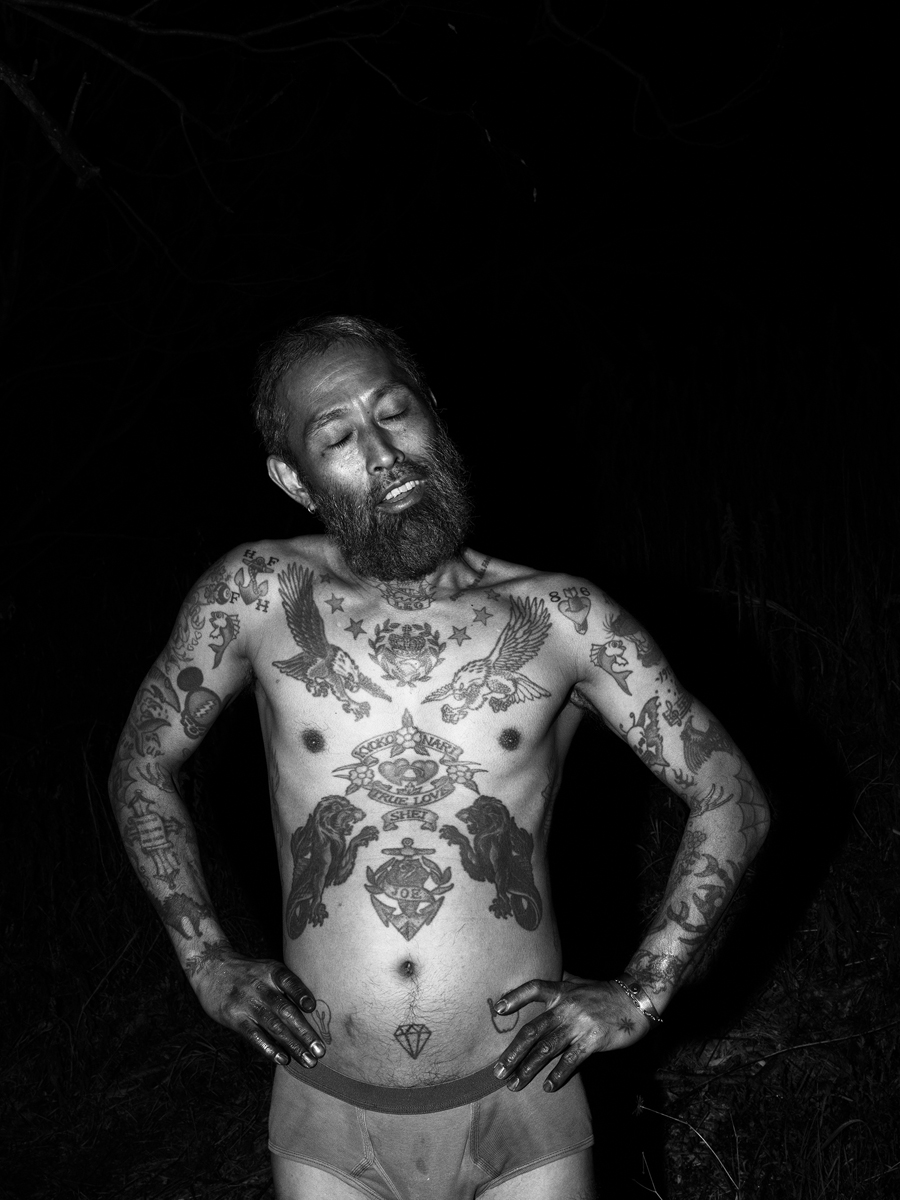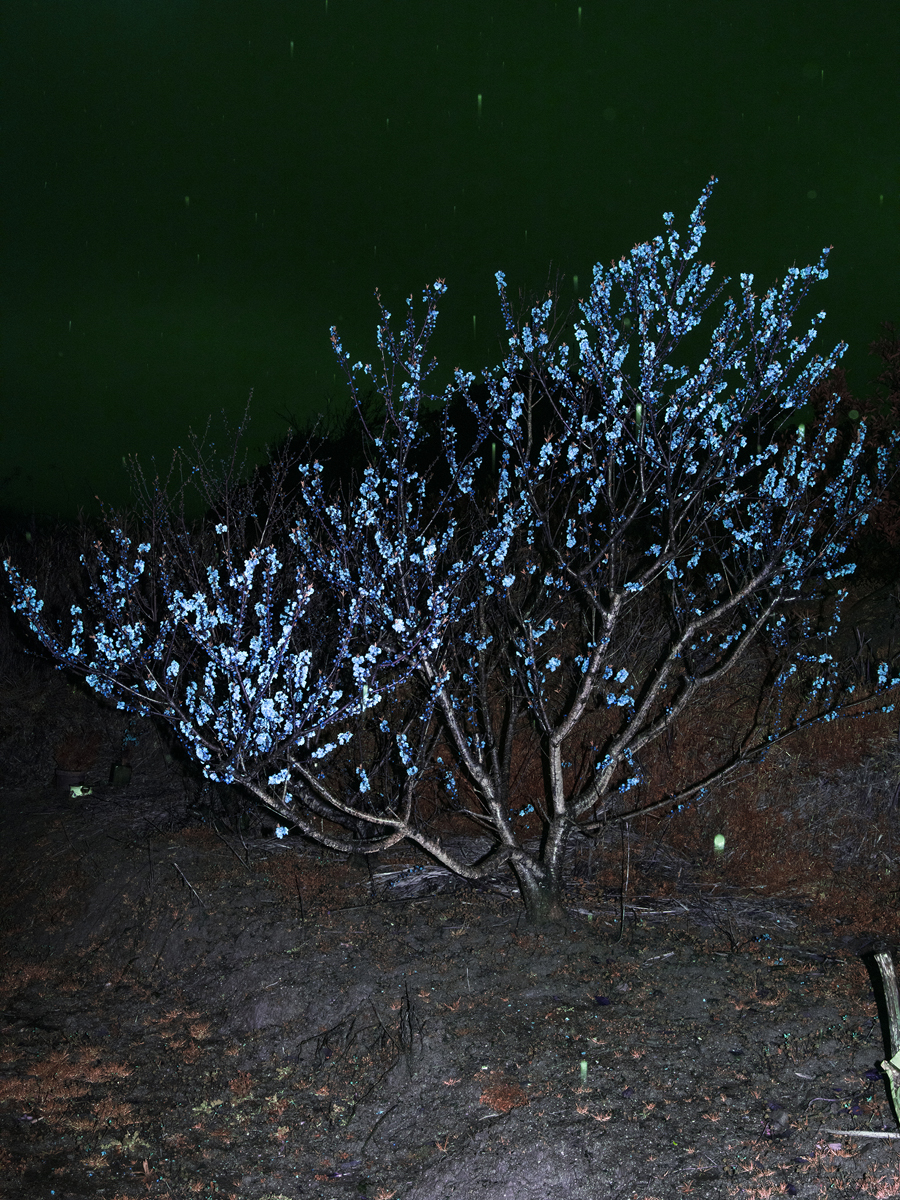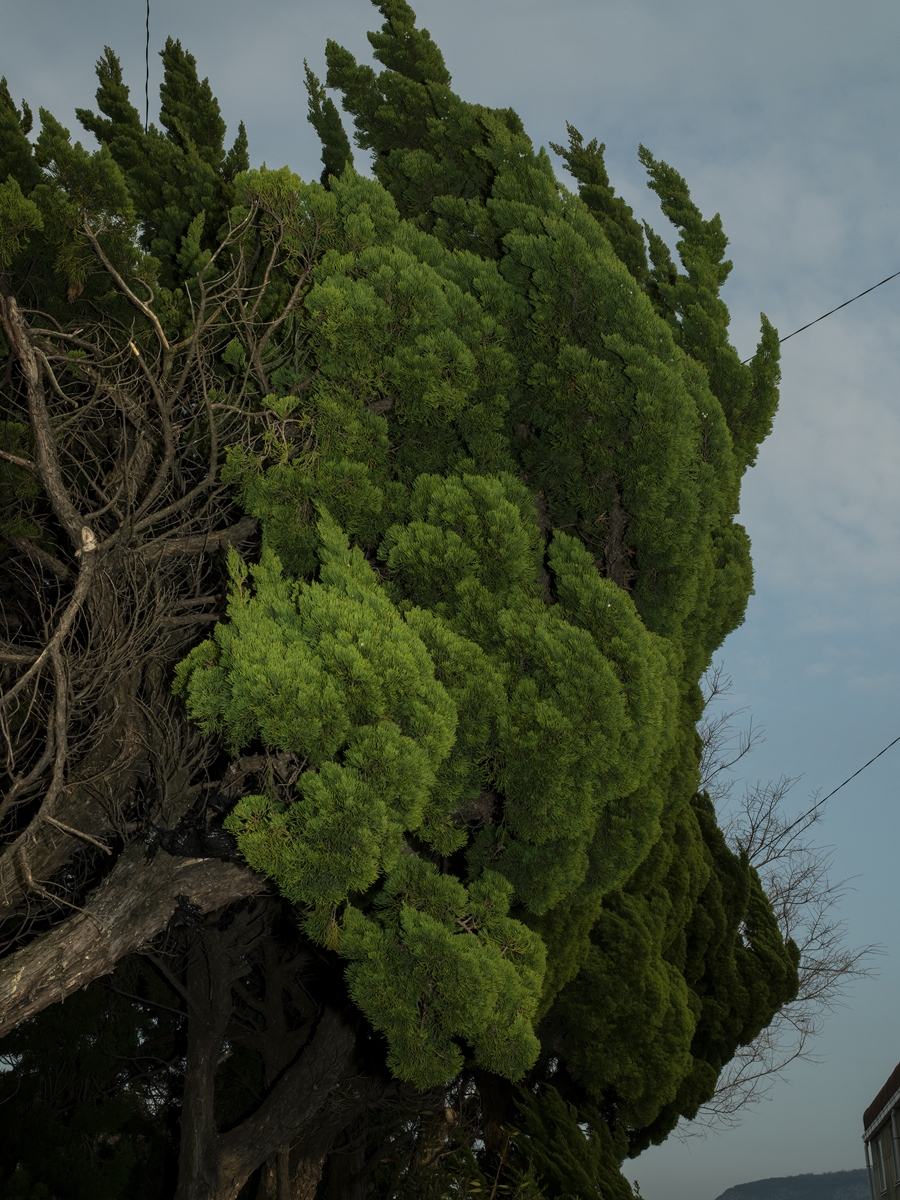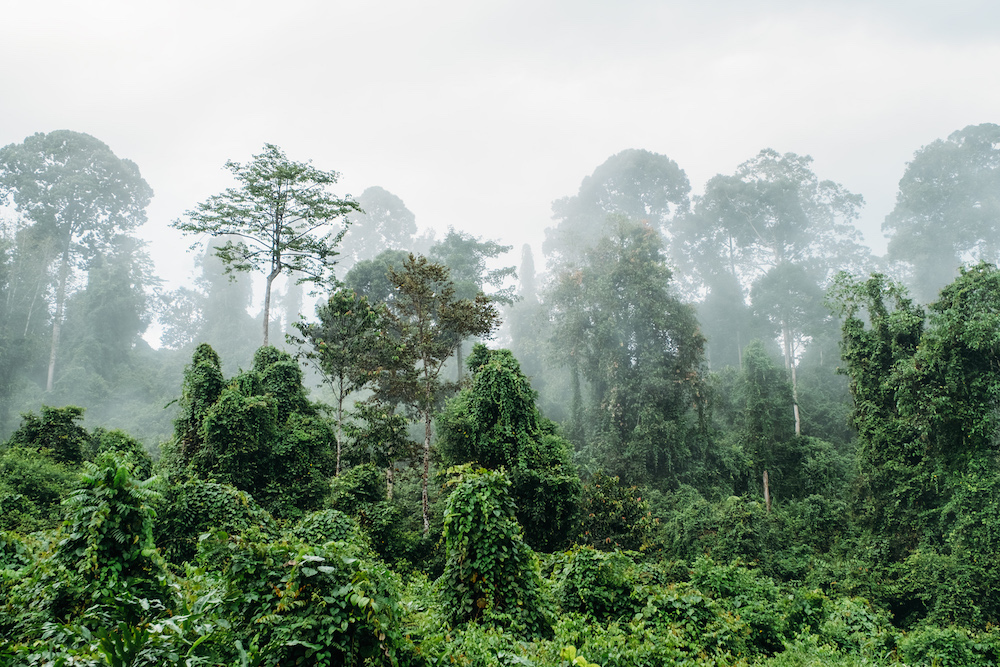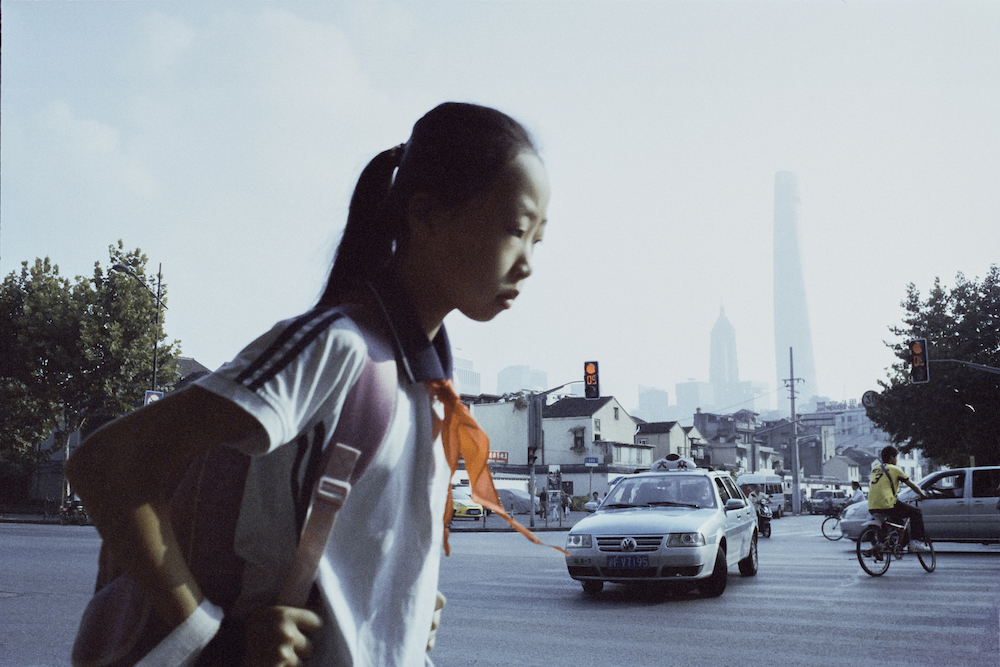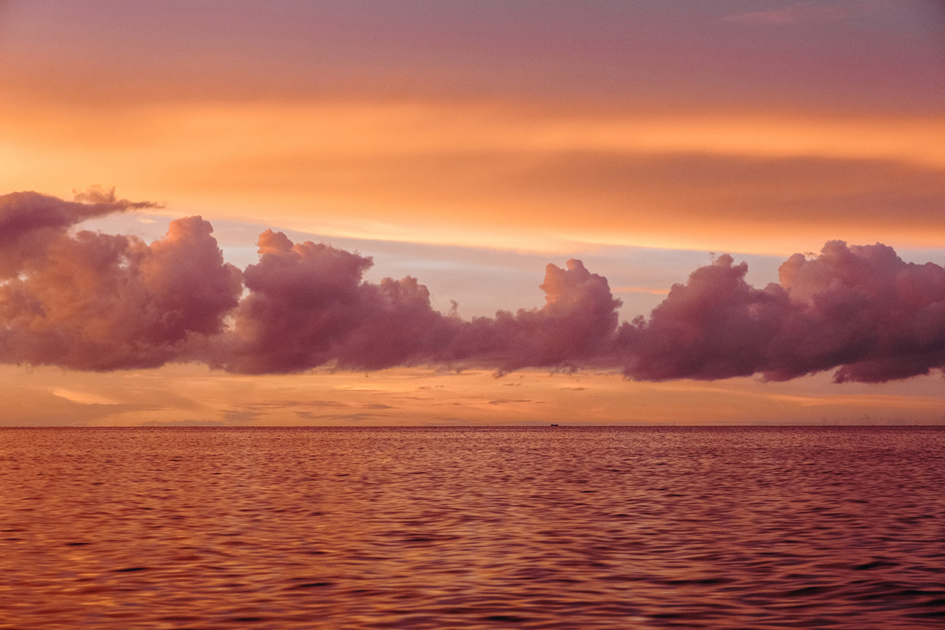Kindred spirits: visit the border between the manmade and the supernatural in nocturnal Japan
Go EastJapan is a country fascinated with the fantastic. From manga to anime, video and role-playing games, movies and advertising, Japanese pop culture is pervaded with stories of weird and mysterious creatures. The idea that humans live alongside the spirit world goes back to Shinto folklore and its belief that everything in nature has a god or spirit. On setting off for his first trip to Japan, Polish photographer Łukasz Rusznica knew he wanted to photograph the yōkai, regarded in Japanese folklore as monsters, spirits, goblins and demons. What started as a story based around these fantastical beings became a story about a traveller’s fantasy of Japan.
Rusznica came to Japan as part of the European Eyes on Japan initiative which invites photographers based in Europe to the prefectures (or regions) of Japan. “You are assigned one prefecture. And after the residency you make a small book. The idea is that by the end this project will map all of Japan. I was invited last year along with photographer Jon Cazenave. I spent six weeks in Kagawa province, mostly in Takamatsu.”
The trip brought one worry to the fore: how do you capture a region of a country you know nothing about in such a short space of time? “I’m not a Japonophile, I’m not into manga or Japanese art. I’m not a festishist of this culture. Imagine you’re going for six weeks and you’re going in order to understand a country. So my initial reaction was panic. I didn’t want to put myself in a situation where I’d have to read 15 books and have the false feeling that I fully understand the situation.”
In preparation for the trip Ruznica dedicated his time to exploring Japanese aesthetics. “I did this to feed my eyes and my mind. There were lots of beautiful visuals to do with the yōkai.” In Japan, he sought the help of his new-found companions to bring this imagery to life. The series was shot in a nondescipt wilderness at dusk, when the yōkai are believed to appear. The photographer chose to work with a bright flash to create the appearance of glowing, ethereal bodies. In some cases the props and location give some clue as to which monster is being enacted. “There is a photo of a man with a black face and a man with a white face. You will find this is a classical way of showing the Rokurokubi because it is a monster with a long neck. This is the only photo I prepared in my head before I went. The rest was really spontaneous.” Ittan-Momen and Kitsune also represented in the project among other yōkai.
Besides the representation of yōkai in Japanese culture, what had resonated with him about these creatures was their ability to inhabit two separate realms. They are creatures of borderlands, believed to crop up where the city meets the wild. Moreover, they bridge the gap between our existing world and the unknown, erasing the human instinct to draw borders between them. In The Book of Yōkai, Michael Dylan Foster argues that more than folkloric imaginings, these creatures help us articulate in-between states of believing — anything that’s out of the ordinary. Working on the project, the borders between Japan and Ruznica’s own background in Poland had also started to blur. After finishing the book in May 2016, Ruznica is in the process of remaking the book, this time for a Western audience. “After a year of not touching these photos, right now I have a totally different approach to them. I’m not sure that the book is about Japan. It is less and less about Shinto,” he says.
It was important that the series did not feel like documentary photography and that it left its idea open to interpretation. “In Europe there’s also a school of thought that believes in the co-existence of the natural and the supernatural, but it is associated with shamanism. It’s not a lived spirituality like in Japan. When the border is not so defined, when it’s not clear whether you are here or there, we in the West are scared we’re losing our minds,” he concludes. Entitled Subterranean River, his series is about facing the unknown, even when it is located within ourselves.
